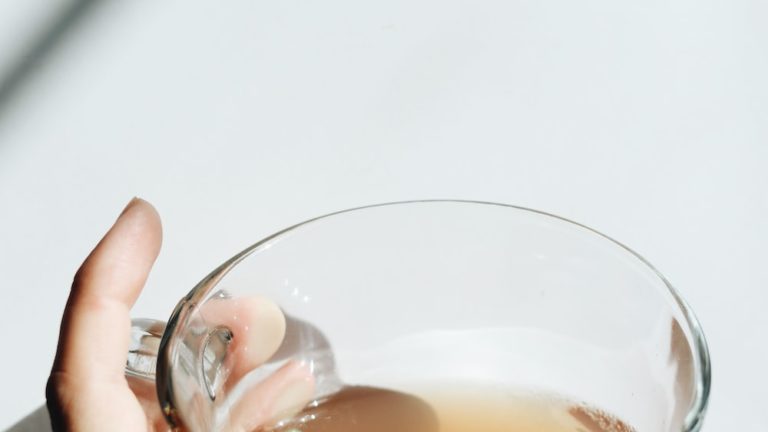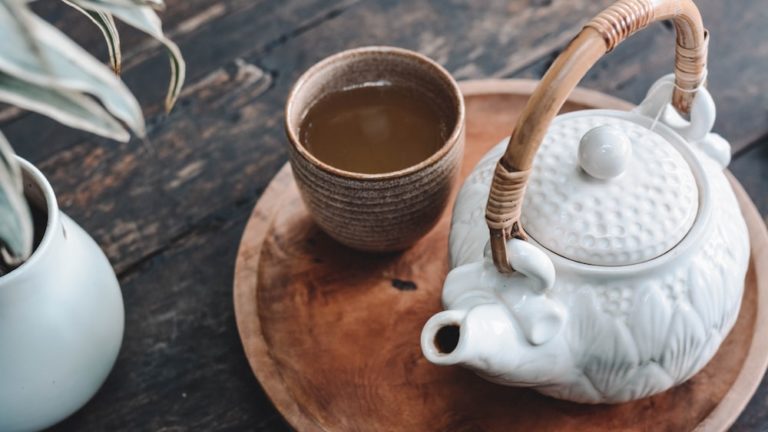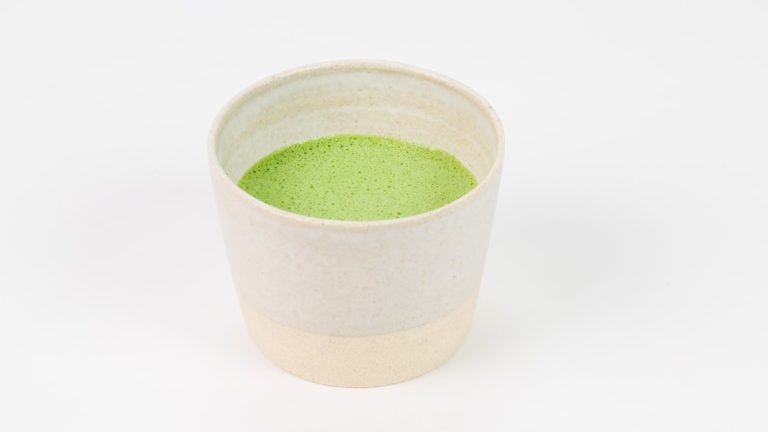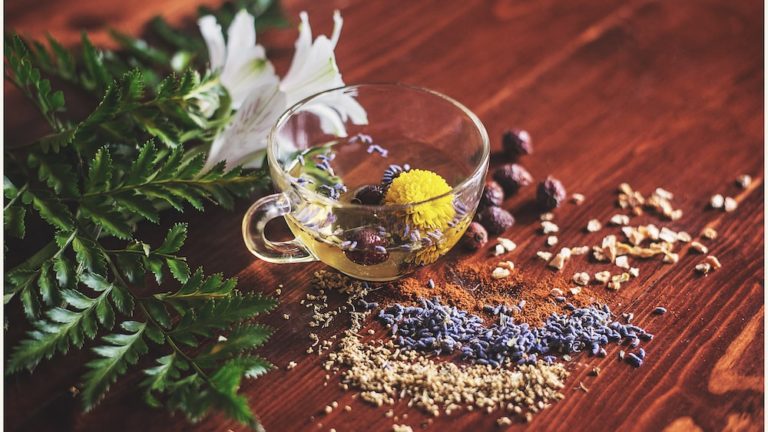White Tea Vs Rooibos: Unveiling The Differences And Benefits

White Tea Vs Rooibos: Unveiling The Differences And Benefits
Tea lovers, health enthusiasts, and everyone in between, gather ’round, it’s time to talk tea! Mor specifically, it’s time to dive into the deep end of the brew, tackling the hot (and cold) topic of white tea vs rooibos. Ever find yourself in the supermarket tea aisle, caught in the vibrant glow of myriad tea boxes, frozen by indecision? We’ve all been there. “Which tea is better?” you might whimper softly to yourself, while other shoppers give you a wide berth. Fear no more, dear reader, we’re here to spill the tea, metaphorically and knowledgeably.
In the red corner, originating from the sunny slopes of South Africa, we have the robust and fruity, rooibos. In the misty green corner, hailing from the pristine mountains of China, we have the delicate and subtly sweet, white tea. Today, we’re embarking on a head-to-head, cup-to-cup showdown between these two brew giants. And believe me, the stakes have never been higher, or taste buds never more primed!
Our journey will traverse through more twists and turns than the leaves in your infuser. We’ll travel from the illustrious origins, sail through the intricate processing, and finally, bask in the wealth of health benefits that each steep holds. So, buckle up, grab your favorite mug, and together, let’s unravel the age-old conundrum of white tea vs rooibos.
Understanding White Tea
Ah, white tea, the drink of emperors, the tea of tranquillity, the elixir of…well, you get the idea. Understanding white tea takes us on a journey to its very origins, its meticulous processing, and its illustrious list of health benefits. So, without further ado, let’s dive right in!
What is White Tea?
White tea, originating from the same plant (Camellia sinensis) as the other tea types, brandishes a silver-lining…quite literally. It stands apart from its brethren by its minimal processing and young, silvery leaves that give it an ethereal charm and a delicate flavor.
This tea offers a light, subtly sweet and floral taste that leaves you feeling as if you’ve nibbled on a ray of sunshine. With each sip, you’re tasting the authentic essence of the tea leaf, unaltered, unoxidized, and unbelievable!
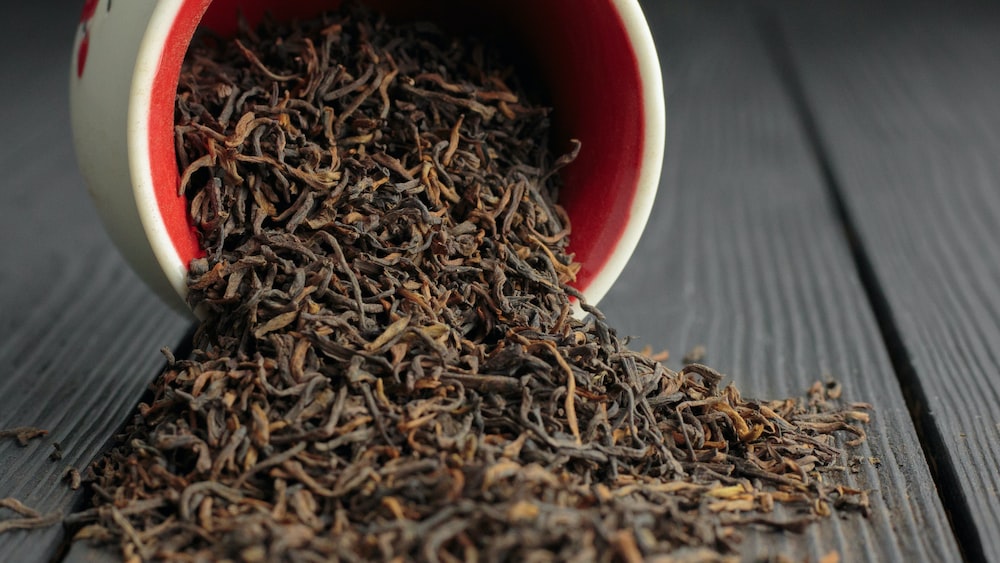
White tea, with its minimal processing and young, silvery leaves, offers a light, subtly sweet and floral taste that leaves you feeling as if you’ve nibbled on a ray of sunshine.
Origin and Processing of White Tea
White tea, still donning its shimmery silver cap, first set roots in the glorious Fujian province of China. It’s picked at the dew-kissed dawn of spring, where only the unopened buds and the youngest leaves are selected, almost as if planned by nature’s most judicious botanist.
Post harvesting, the leaves undergo minimal processing. They’re allowed to wither under the soft kiss of natural sunlight and then gently dried. This ‘less-is-more’ approach retains the leaf’s natural character, packing in antioxidant powerhouses, and accumulating health benefits as it brews.
Health Benefits of White Tea
The minimal processing of white tea doesn’t just do wonders for its taste, but it works a charm for its health benefits as well. Studies have shown that white tea has an army of antioxidants. These valiant warriors are the front line of defense, combating oxidative stress, and keeping diseases at bay.
Moreover, other research illuminates that white tea can potentially ward off cardiovascular diseases. Its gentle healing powers are known to improve lipid metabolism and inhibit LDL cholesterol oxidation, thus, giving your heart a nurturing pat. Not very many beverages can offer that comfort, don’t you agree?
Overall, the health benefits of white tea involve much more than its mighty antioxidants and heart-friendly attributes. It promises a mellow and calm experience, which can help elevate your everyday tea ceremony into something magical.
Understanding Rooibos Tea
Unsheathing the mysteries of rooibos tea is akin to exploring a wealth of warm African sunsets and honey-sweet nuances. Let’s uncover this not-so-tea tea and its remarkable journey starting from the sunny slopes of South Africa to your soothing cup.
What is Rooibos Tea?
Rooibos tea, also known as red bush tea, marches to the beat of a different drum. This tyke doesn’t trace its lineage back to the Camellia sinensis plant. Instead, it hails from the legume family, Asteraceae, and flaunts unique woody and sweet notes.
With its vibrant red infusion and its honey-sweet aroma, Rooibos can certainly make its brew brethren green…or red with envy. Its diverse taste profile, coupled with health advantages and caffeine-free nature, might just make it your new tea crush.
Rooibos tea, with its unique woody and sweet notes, vibrant red infusion, and caffeine-free nature, might just make it your new tea crush.
Origin and Processing of Rooibos Tea
Rooibos tea first saw the light of day in the magnificent landscape of South Africa’s Cederberg region. Hand-picked from the rooibos bush, the leaves are then bruised and oxidized, which brings forth its signature red color and characteristic sweet flavor.
Unlike the minimal touch of white tea’s processing, rooibos tea’s production is led by the old adage, “Work hard, play hard”. Or should that be “brew hard”? Nonetheless, the end result is a uniquely robust brew, standing tall and proud in its red mantle.
Health Benefits of Rooibos Tea
Rooibos tea, you lovely, warm, robust beverage! It’s like a wellness superhero, donned in a captivating red cape, ready to swoop into your cup and promote good health.
This marvelous miracle worker contains potent antioxidants, including aspalathin and quercetin, thought to neutralize harmful free radicals that can cause damage in our bodies. These antioxidants aid in shielding us from diseases like cancer and heart-related conditions. Studies have also shown this crimson super-beverage can contribute to improved digestive health, and may even help with weight management – double high-five to that!
Comparing White Tea and Rooibos Tea
Hang on to your tea cozies folks! It’s showdown time! Let’s journey into the exhilarating realm of “White Tea Vs Rooibos!” We’re going to draw back the veil from these popular brews, examining their characteristics, health benefits, and taste profile. With each sip, we will delve deeper into their nuances, offering you comprehensive insights to venture on your tea-loving journey.
Taste Profile: White Tea vs Rooibos
White tea and rooibos come from entirely different plants, and that holds true in their taste profiles.
White tea’s flavor is an elegant dance of delicateness on your tongue – it’s mild, light, and has a subtle sweetness often likened to honey or melon. It’s as if the tea is shy, whispering its taste instead of shouting.
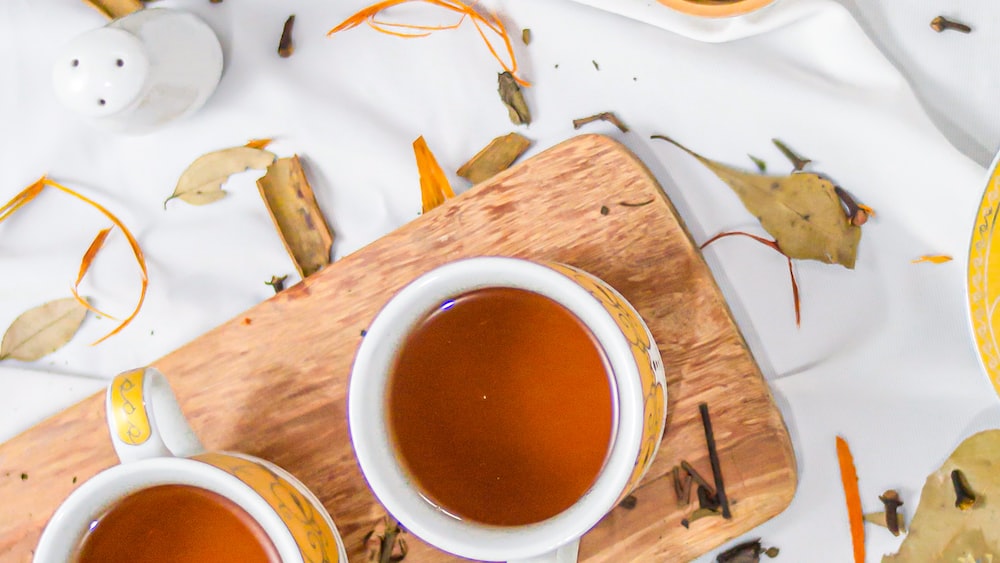
Rooibos, on the other hand, is an attention-loving extrovert of a tea. It smacks your palate with its unique, full-bodied taste – presenting a pleasure-seeker’s delight, a symphony of strong, earthy, and slightly sweet highlights. Rooibos is a flavor pizzazz in a cup and certainly not one for the faint-hearted!
White tea’s flavor is a delicate dance of mildness and subtle sweetness, while rooibos is a bold and full-bodied tea with strong, earthy flavors.
Nutritional Comparison: White Tea vs Rooibos
The nutritional fact-file comparison between white tea and rooibos is quite the neck-and-neck race. Let’s roll out the tape measure and see these contenders side-by-side!
White tea, the delicate whispering wallflower, impresses us with its high levels of catechins, a type of antioxidant known for combative action against cell damage.
Maybe you’ve heard of something called lower bad cholesterol? Well, white tea is that magic potion rumored to help. Its potential to aid heart health, lower the risk of insulin resistance, and skin ageing are all brownie health points to consider.
Rooibos, the extroverted red party-goer, comes packed with a distinct set of antioxidants – most notably, aspalathin and nothofagin. These antioxidants are superheroes zapping away at potential heart disease and inflammation. Calorie-wise, both are practically alike, calorie-free unless you decide to add some milk, sugar, or a biscuit on the side!
Health Benefits Comparison: White Tea vs Rooibos
White tea is like that understated but genius office guy, quietly improving skin health, boosting heart health, and potentially lowering the risk of insulin resistance. Its catechin antioxidants are at the core of its goodness.
Rooibos is the outspoken, charismatic colleague, noteworthy for its digestive health promotion, weight management assistance, and heart disease protection. Its unique antioxidants, aspalathin and nothofagin, are on this health crusade.
How to Brew White Tea and Rooibos Tea
It’s time to venture into the art of brewing! Buckle up, tea lovers – we’re diving into the ceremony of creating the perfect cup of white tea and rooibos tea. Embrace the aroma, and let’s steep into the nitty-gritty.
Brewing White Tea: Best Practices
When getting ready to brew your white tea, remember that it’s a delicate diva that requires gentle care. Treat your tea as if it were a rare piece of porcelain.
Ensure your water is heated to 70-85⁰C, anything hotter and you might hurt our diva’s feelings! Steep for a minute or two, but keep in mind the longer you steep, the bitter it might become. White tea is delicate, remember? Then finally, take a moment, inhale the subtle aromas, and immerse yourself in the art of this serene beverage experience.
When brewing white tea, treat it delicately like a rare piece of porcelain, using water heated to 70-85⁰C, steeping for a minute or two to avoid bitterness, and savoring the subtle aromas for a serene beverage experience.
Brewing Rooibos Tea: Best Practices
Ah, the art of brewing the perfect cup of Rooibos tea! Now, that’s a skill worth honing. First off, water quality is paramount. You wouldn’t want any stray flavors from your tap water hijacking your tea experience now, would you? Aim for spring or filtered water for the best results.
Next, the water temperature. Unlike the prima donna that can be white tea, Rooibos isn’t as picky when it comes to heat. Boil the water and get it to a roaring 212°F (100°C). And no, you won’t be committing a beverage felony if your water isn’t precisely at that temperature. Remember, we are here for a relaxing cup of tea, not a physics experiment.
Then comes the tricky part: the steeping time. Rooibos tea isn’t the type to start bellring like an alarm clock if you forgot it steeping for more than the “recommended” time. A steep of 5-7 minutes should do the trick nicely, but some extra minutes won’t cause any catastrophic bitterness. There you go, three crucial steps marked on your brew-perfect-Rooibos tea map. Keep them in mind on your next tea pilgrimage!
FAQs
1. Is white tea or rooibos tea better for health?
A better tea for health between white tea and rooibos really goes back to what you’re after in terms of health benefits. Both teas come with their individual health bonus packages. Fortunately, your body’s “health-o-meter” won’t abruptly plummet if you’re sipping one over the other.
2. Can I drink white tea and rooibos tea daily?
Daily consumption of white and rooibos tea is not only possible, but it’s also recommended! Both teas pack different but wholesome benefits, meaning a blend of the two in your tea routine checks more wellness boxes.
3. Which tea has more antioxidants, white tea or rooibos?
When it comes to antioxidants, white tea tends to edge out rooibos. However, you ought to remember antioxidants aren’t the only health markers in these holistic brews. Besides, variety, as they say, is the spice of health… or is it life? Either way, you get the point.
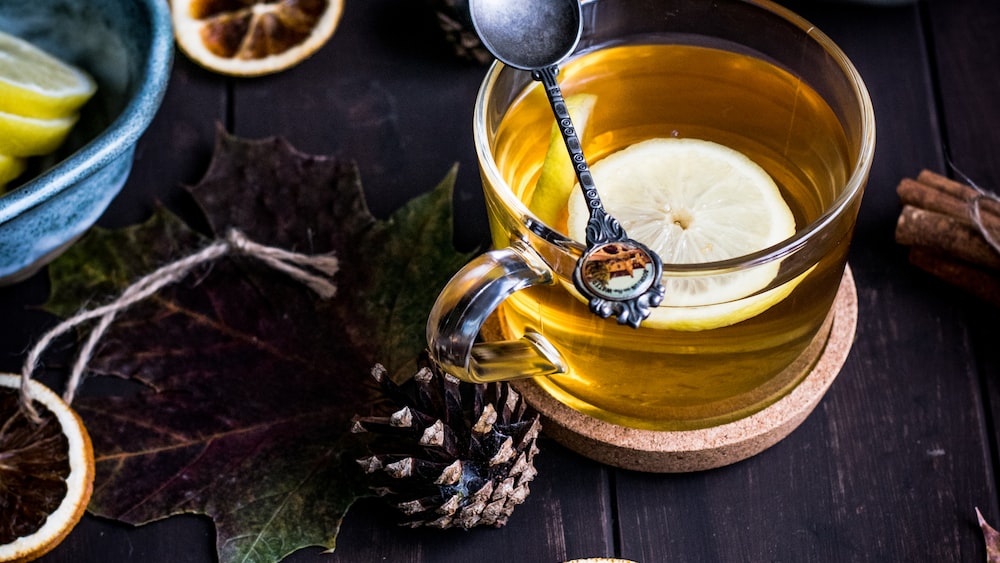
4. Can I mix white tea and rooibos tea?
Can you mix white tea and rooibos tea, you ask? If we’re talking about creating your own super-blend, then absolutely! Mix them, stir them, shake them – up to you. Just remember, the final brew is a chemistry of both teas’ personalities.
Conclusion
And there you have it, dear tea enthusiast – a deep dive into the nuanced world of “white tea vs rooibos”. Interestingly, despite being brewed from entirely different plants, they share the sublime alchemy of making one hell of a brew.
Each comes with its own health bragging rights, unique processing rituals, and a taste profile that stands defiant in the face of a fast-paced, instant world. Yet, they both attest to the ingenuity of ancient cultures in transforming humble leaf to invigorating brew, their stories intertwined with our own in every sip.
However, the beauty lies in the fact that there isn’t a clear “winner”. Instead, it’s about finding the brew that “clicks” with you – in taste, in comfort, and ultimately, in how it makes you feel. I hope this exploration has helped map out the topography of these two teas for you and your tea journey.
And with that, dear reader, I must sign off to steep my favorite blend of both white tea and rooibos. Rest assured, as I sip, you’ll be on my mind, contemplating our next tea escapade. Remember to check the site map and the privacy policy for more articles like this and other goodies. Until our paths cross again in the vast world of tea, happy sipping!
Zoe.

